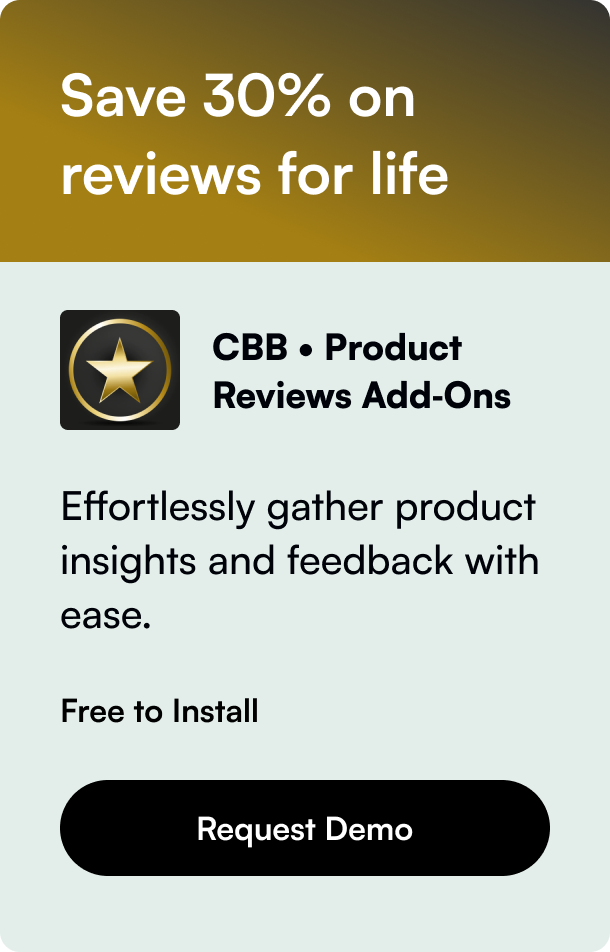Table of Contents
- Introduction
- Understanding Magento to Shopify Migration
- Keeping an eye on the Horizon - After Migration
- FAQs
Moving your online store from Magento to Shopify can be compared to relocating your brick-and-mortar shop to a more bustling market area while upgrading its fixtures, utilities, and overall customer experience. Intrigued by how such a complex sounding process could actually be simplified? This blog post dissects the journey, step-by-step, ensuring you transport your precious database safely into Shopify's versatile platform. Join us as we embark on this migration journey, revealing how seamless, efficient, and beneficial the transition can be for your e-commerce venture.
Introduction
Have you ever pondered over the monumental task of moving an entire online store from one platform to another? Migrating from Magento to Shopify might initially seem like navigating through a labyrinthine process fraught with potential data loss and downtime. However, what if I told you it’s a path well-trodden, with clearly marked signposts and robust tools to guide you effectively to your destination? This post is set to be your compass, promising to elucidate a once daunting process.
As e-commerce evolves, the agility and user-friendliness of your online platform become increasingly crucial. Shopify emerges as a beacon for many businesses looking for an intuitive, scalable solution. This blog post is tailored to unravel the migration process, ensuring you can make the leap confidently, understanding every step involved in transferring your data, including products, customers, and orders, without disrupting your operational continuity.
Now, let's map out our expedition, highlighting the tools, strategies, and best practices for a smooth transition, making this post a singular guide for merchants aspiring to make their Shopify migration as seamless as possible.
Understanding Magento to Shopify Migration
Switching from Magento to Shopify involves moving data, redesigning the store, and possibly revising your e-commerce strategy to suit the new environment. This migration impacts several store components—products, customer details, orders, content, and more. Here, we’ll dissect the process, explaining not only the 'how' but also the 'why'.
Step 1: Preparing for Migration
Backing Up Your Data
Before embarking on any significant digital relocation, safeguarding your existing data is paramount. A comprehensive backup of your Magento store ensures that, no matter what, you preserve every bit of valuable information. This backup serves as a fail-safe, ensuring peace of mind throughout the transition.
Setting Up Shopify
Venturing into Shopify starts with setting up a new account. Shopify’s trial period offers a golden opportunity to familiarize yourself with its ecosystem without immediate financial commitment. Selecting the right plan depends on your business size and aspirations, with each tier offering an array of features tailored to different stages of business growth.
Step 2: Data Migration
Using Automated Tools
Technology comes to the rescue, simplifying data migration to a series of clicks. Tools like the Cart2Cart Migration App provide a bridge, automating the transfer of your Magento store’s essence—products, customers, orders, and more—to Shopify. This automation ensures a transfer free of manual errors, saving time and avoiding data corruption.
Manual Adjustments and Review
While automated tools do the heavy lifting, they’re not infallible. Post-migration, a thorough review of the transferred data is crucial. This step ensures all products display correctly, customer information is intact, and transactions mirror their original state. Any discrepancies require manual correction, ensuring a seamless shopping experience on the new platform.
Step 3: Making Your Shopify Store Feel Like Home
Design and Customization
Shopify thrives on customization and ease of use. Its theme store offers a plethora of design options, catering to varied aesthetic tastes and industry requirements. Additionally, apps such as DragDropr integrate drag-and-drop functionality, empowering you to craft engaging layouts without deep technical know-how.
SEO and Redirection
An often-underestimated aspect of migration is preserving SEO equity. Setting up 301 redirects from your old Magento URLs to the new Shopify store ensures that your hard-earned search engine rankings and link juice aren’t lost in translation. Also, paying attention to SEO best practices on Shopify can propel your store to new heights.
Keeping an eye on the Horizon - After Migration
Testing is Key
Once migrated, rigorously test your Shopify store before going live. This includes placing orders, exploring product pages, and ensuring integrations with payment gateways and shipping providers function smoothly. This testing phase is crucial to unveil and rectify any glitches that might impair user experience.
Embrace the Shopify Ecosystem
Shopify’s ecosystem offers an array of apps and tools designed to enhance e-commerce functionality, from advanced analytics to marketing automation. Diving into this ecosystem can unlock new potential for your store, fostering growth and enabling a better understanding of your customers.
FAQs
Q: How long will the Magento to Shopify migration take?
A: The timeline varies based on store size and complexity. Automated tools can transfer data within a few hours, but reviewing and customizing your Shopify store might extend the timeline.
Q: Will my store face downtime during migration?
A: Using automated migration tools like Cart2Cart ensures your Magento store remains operational during the transition, virtually eliminating downtime.
Q: Can I transfer my store’s design from Magento to Shopify?
A: Direct design transfer isn’t feasible due to platform differences, but you can recreate or redesign your store in Shopify, often with improved functionality and UX.
Q: How can I ensure my SEO doesn’t suffer during migration?
A: Implement 301 redirects for all old URLs, recreate your SEO setups in Shopify, and maintain your metadata and keyword optimization to protect your SEO standing.
Concluding Thoughts
Migrating from Magento to Shopify is a journey filled with opportunities for growth, optimization, and revitalization of your online presence. While the path involves careful planning, using the right tools and strategies can make this transition not just seamless but a leap towards greater scalability, flexibility, and customer satisfaction. Follow this guide, embrace the changes, and watch your e-commerce store flourish in its new Shopify home.








